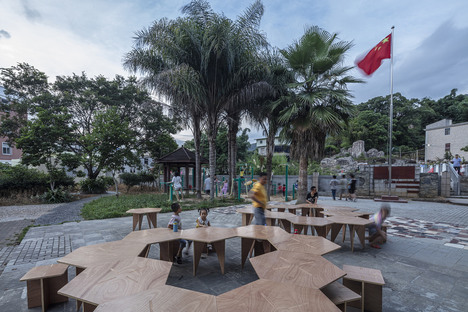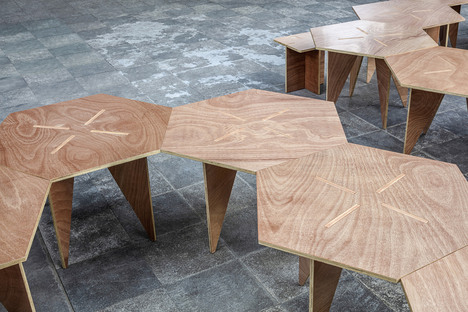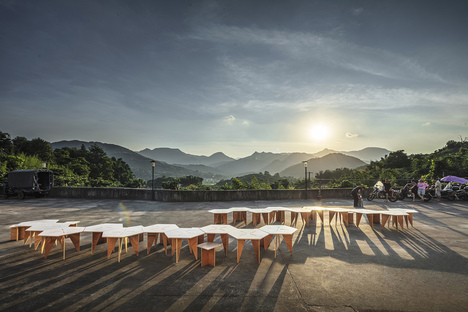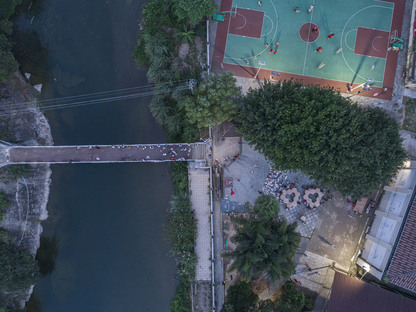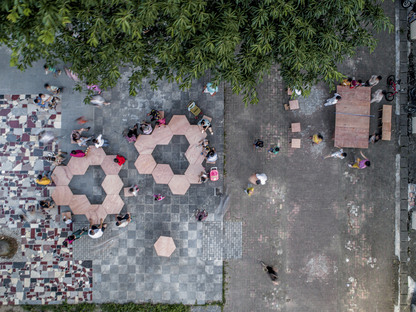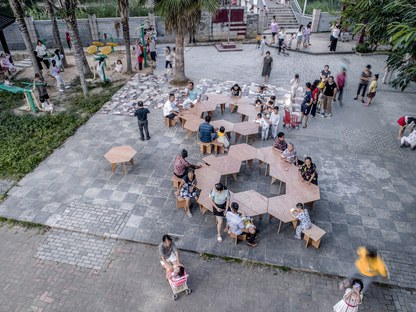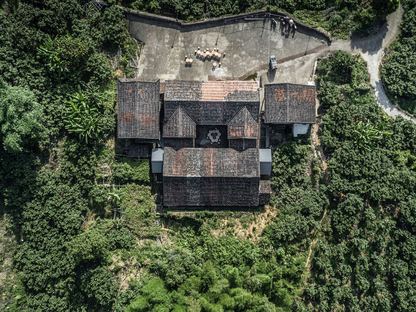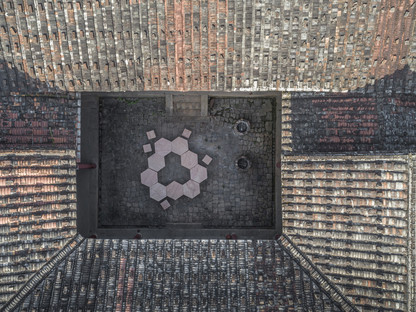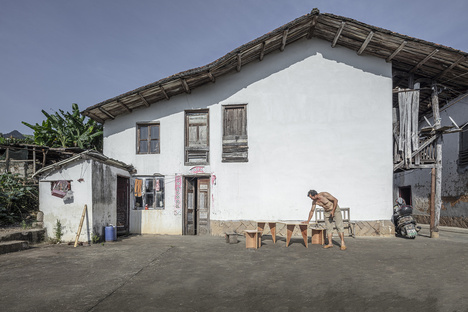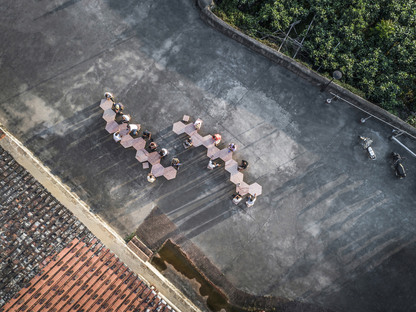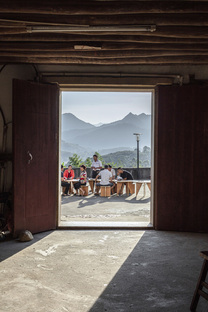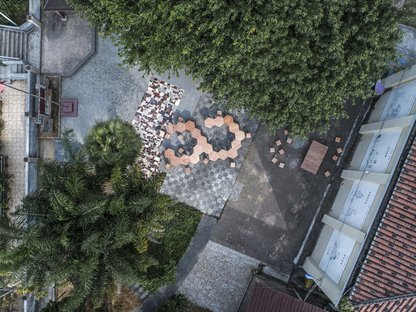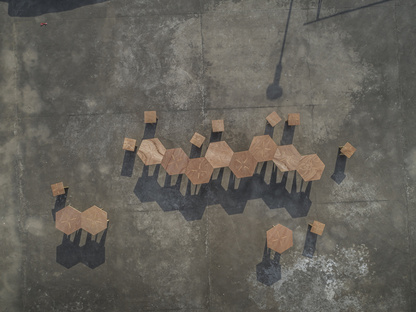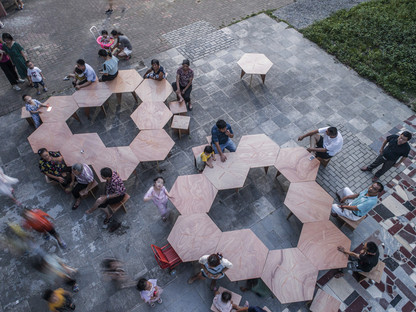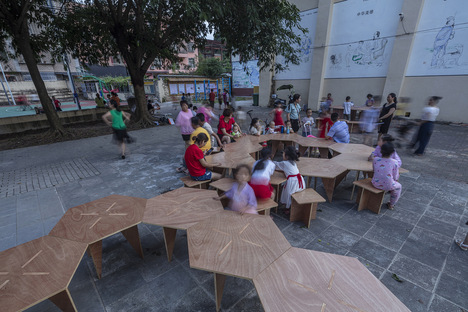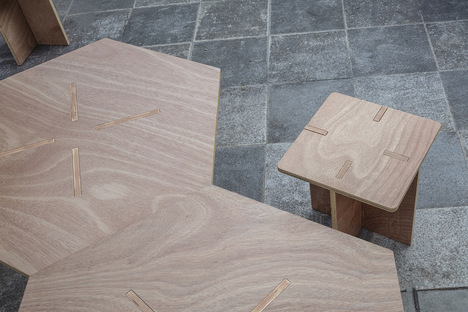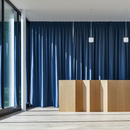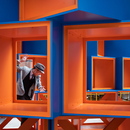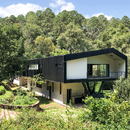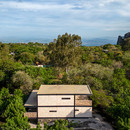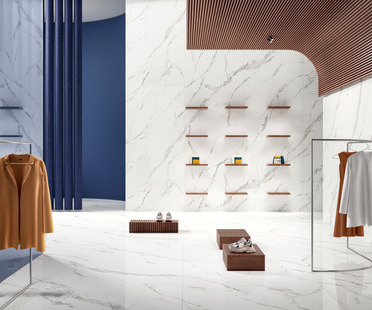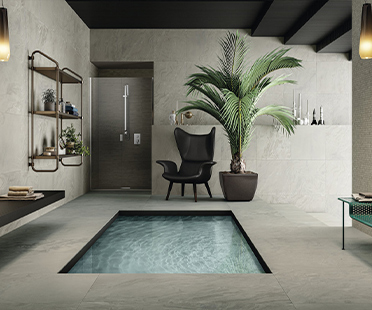- Blog
- Design
- Circular economy applied by Rooi Design and Research
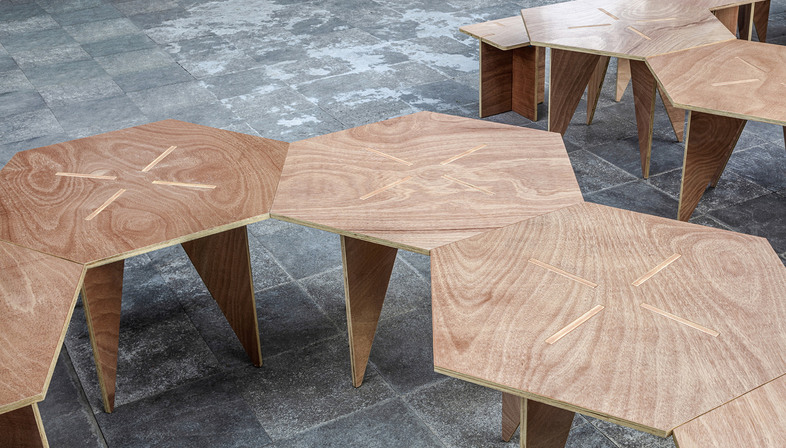 The term circular economy is cropping up again and again in present-day debate but not always do we really understand what it is and what lies behind the term. The notion of circularity has deep historical and philosophical origins. The idea of feedback, of cycles in real-world systems, is ancient and has echoes in various schools of philosophy. One of the most widely known of this to the public is the design philosophy behind the Cradle to Cradle™ concept coined by American architect William McDonough and German chemist Michael Braungart in 2002 as a play on the term Cradle to Grave, or the make-use-dispose model, where products end up in the dump at the end of their useful life. New raw materials need to be continuously sourced for production; of course, these resources are limited, the system causes pollution and new waste is created.
The term circular economy is cropping up again and again in present-day debate but not always do we really understand what it is and what lies behind the term. The notion of circularity has deep historical and philosophical origins. The idea of feedback, of cycles in real-world systems, is ancient and has echoes in various schools of philosophy. One of the most widely known of this to the public is the design philosophy behind the Cradle to Cradle™ concept coined by American architect William McDonough and German chemist Michael Braungart in 2002 as a play on the term Cradle to Grave, or the make-use-dispose model, where products end up in the dump at the end of their useful life. New raw materials need to be continuously sourced for production; of course, these resources are limited, the system causes pollution and new waste is created.How can we address these issues that are accelerating the climate crisis? We need concrete actions, which is what the young creatives from Rooi Design and Research are proposing. Zuoqian Wang and Dan He developed a separate outdoor structure designed explicitly as a furniture showroom, calling it Pavilion S. They chose to work with plywood, one of the most commonly used materials in furniture manufacturing, for the construction. In turn, this meant they were able to redeem the temporary structure and break it down for a new use, as dictated by the circular economy concept.
So, each of the 821 plywood panels used for Pavilion S, in a standard size of 1.22x1.22 metres was turned into either a hexagonal table or 3 rectangular chairs, making a total of 410 sets of tables and chairs economically and sustainably.
The designers from Rooi Design and Research wanted to design furniture that could be mixed and matched in different shapes to increase interaction and fun, giving users a playful, creative moment and encouraging their inventiveness. The sets of tables and chairs were installed in the Comprehensive Cultural Service Center in a small town in Fuqing, Fujian Province, on the Taiwan Strait. The video of the transformation clearly shows the thousands of different ways of using what only last year was a showroom, from communal tables to small games tables.
The transformation of Pavilion S into a line of furniture for a rural community - as far from the idea of an International Furniture Fair as we might imagine - is a delicate but incisive way of demonstrating how everything in our world can be in some way connected. This virtuous example shows us how a responsible design approach, which takes into account the environmental, social and economic impact of every creative action in reference to the circular economy, is much more straightforward than what we might think.
Christiane Bürklein
Project: Rooi Design and Research
Location: Fuqing, China
Year: 2020
Images and video: Ming Cheng










